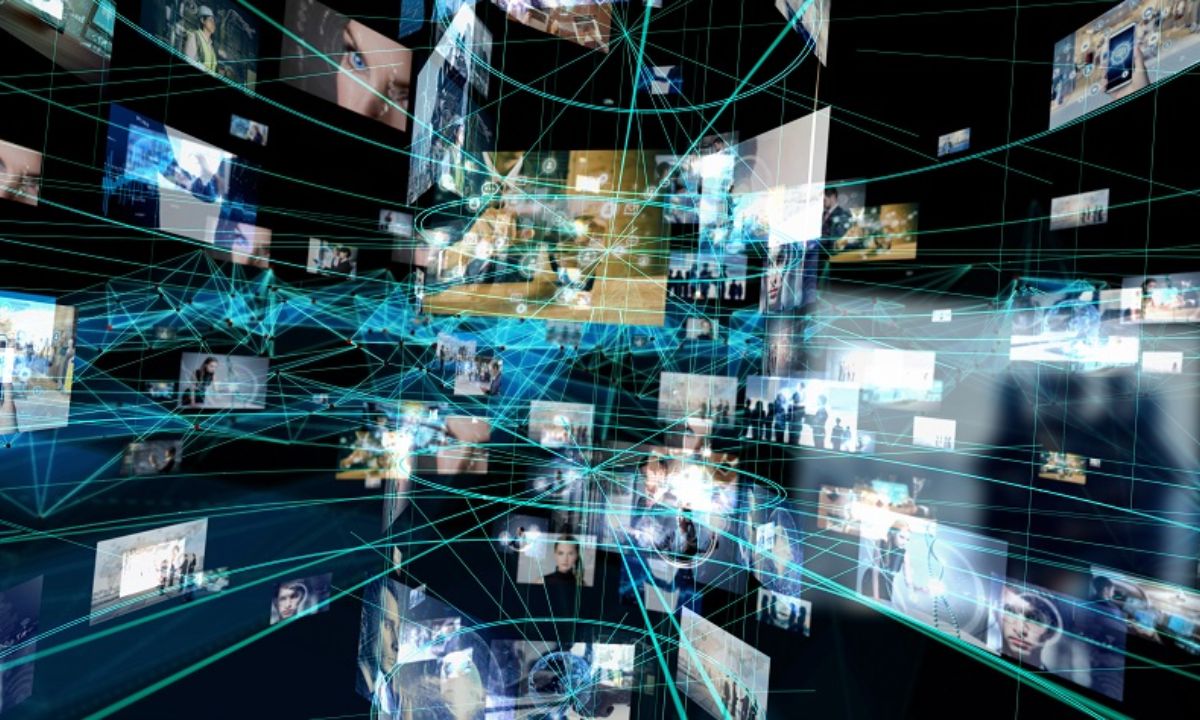In recent times, several unusual and misleading videos have gone viral on social media. Some of these show public figures or celebrities doing bizarre things—like riding animals, saying strange things, or acting in unexpected ways. However, many of these are not real. They are edited clips using real photos or short videos combined with unrelated footage and altered voices or texts. These types of videos are known as Cheapfakes.
What is a Cheapfake?
A Cheapfake is a type of fake video or digital content created using basic editing tools and low-cost technology. It is designed to show someone’s actions, speech, or behavior in a false way. Unlike Deepfakes, which rely on advanced artificial intelligence, Cheapfakes are made using simple techniques like video cutting, photo layering, audio mixing, text overlay, and speed adjustment.
Why Are Cheapfakes Created?
Cheapfakes are created for various reasons, including:
- Political Propaganda: To damage the reputation of political figures or spread hate and mistrust.
- Entertainment and Satire: Sometimes made to entertain or mock, but they can still harm someone’s public image.
- Spreading Misinformation: Used to confuse people or provoke emotional reactions like anger or fear.
- Targeting Religion or Beliefs: Some videos aim to mock or insult religious practices, symbols, or figures, which can create social conflict.

How Are Cheapfakes Made?
Thanks to modern editing apps, anyone with a smartphone or computer can easily create Cheapfake videos. These tools offer features that allow users to cut, mix, and modify video and audio content within minutes.
Here’s a table of popular tools used to create Cheapfakes:
| Tool / App | Purpose |
|---|---|
| CapCut, KineMaster, InShot | Cutting videos, combining clips, adding voiceovers |
| FaceSwap | Replacing one person’s face with another |
| CrazyTalk, Mug Life | Adding movement to still photos (like talking or blinking) |
| Text-to-Speech tools | Converting text into voice |
| AI Motion tools | Making static images appear alive (eye blinking, gestures) |
Cheapfake vs Deepfake: What’s the Difference?
Although both Cheapfakes and Deepfakes are used to create fake content, they differ in complexity, tools, and impact.
| Feature | Cheapfake | Deepfake |
|---|---|---|
| Technology | Basic editing tools | Advanced AI and Deep Learning |
| Creation Process | Simple and quick | Complex and time-consuming |
| Examples | Adding text, speed changes, combining clips | Face replacement, voice cloning, full video creation |
| Risk Level | Mild confusion or humor | Serious misinformation and reputation damage |
Why Are Cheapfakes Dangerous?
Even though Cheapfakes may look silly or entertaining, they can cause real problems. They:
- Spread confusion and false information
- Harm people’s reputations
- Reduce public trust in media and information
- Influence public opinion based on fake content
On social media, such videos spread fast. Many users don’t take the time to verify whether a video is real or fake before sharing it, which increases its reach and potential harm.
Cheapfakes might seem like harmless fun or creative content, but they are contributing to a darker digital environment. Misinformation spreads quickly when content is cleverly edited to look real.
To fight this issue, it’s important to:
- Stay alert and question strange or unbelievable videos
- Check the source before sharing anything online
- Promote digital literacy and media awareness
- Support efforts to label or report fake content
By understanding and recognizing Cheapfakes, we can protect ourselves and others from falling into the trap of digital misinformation.



